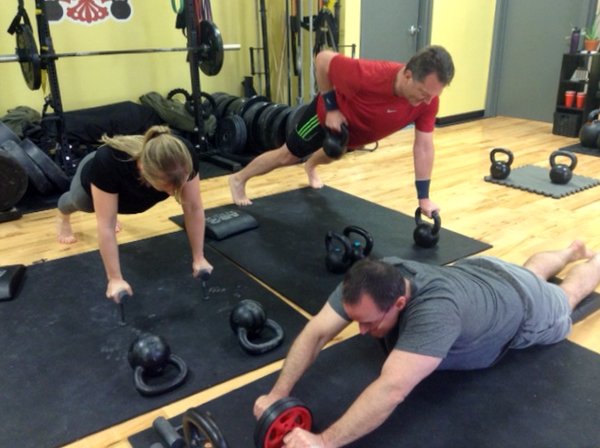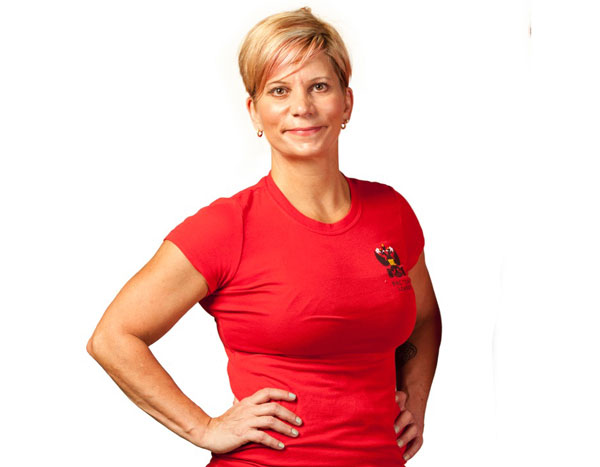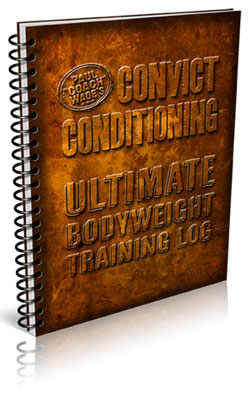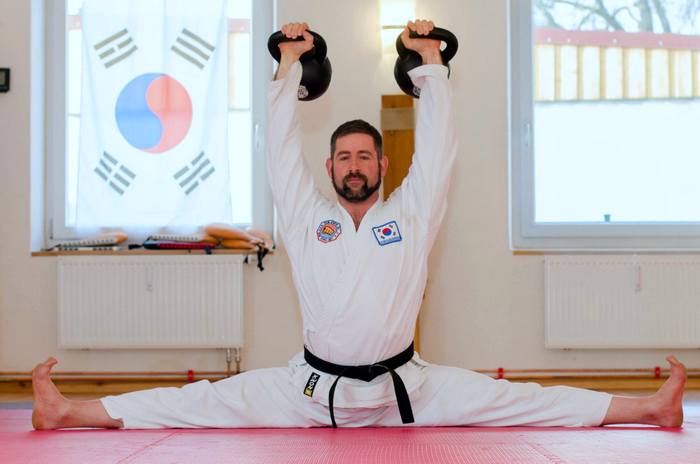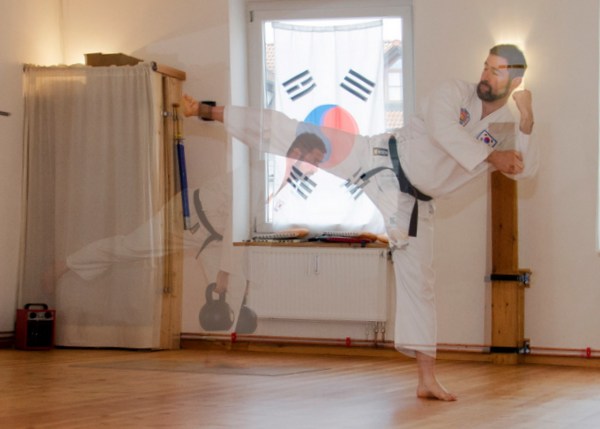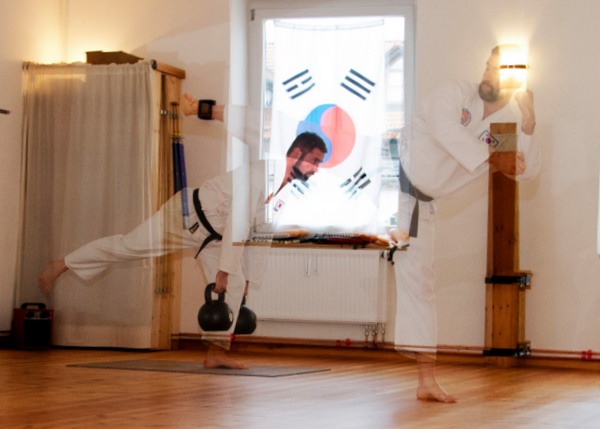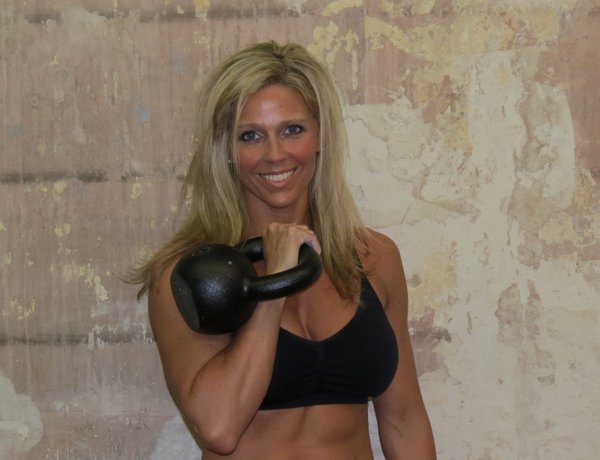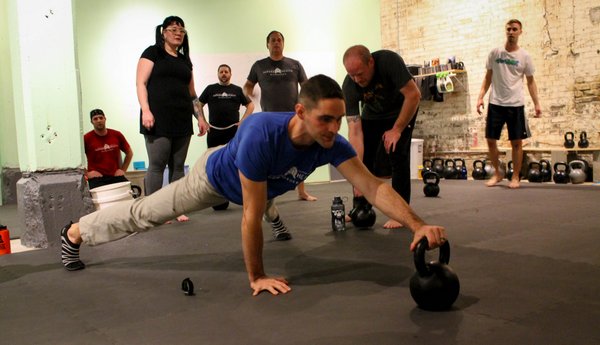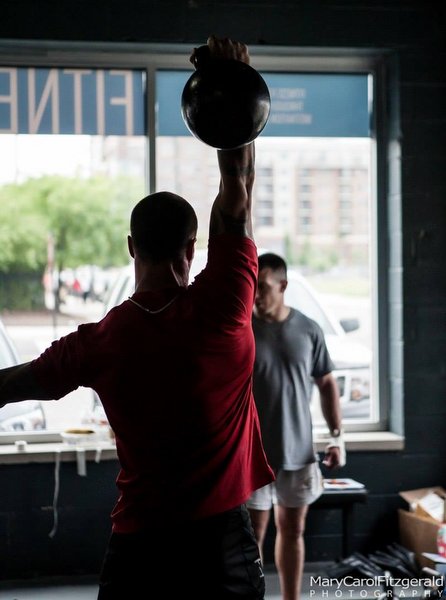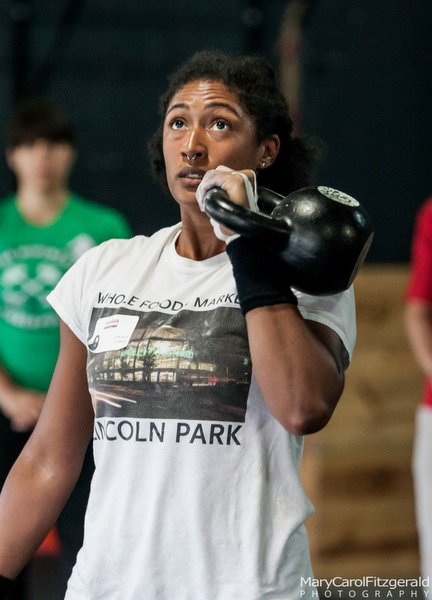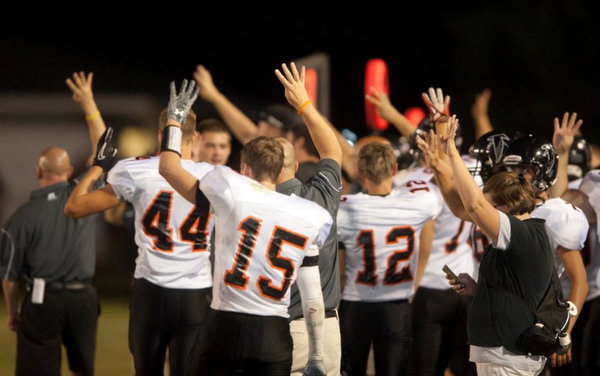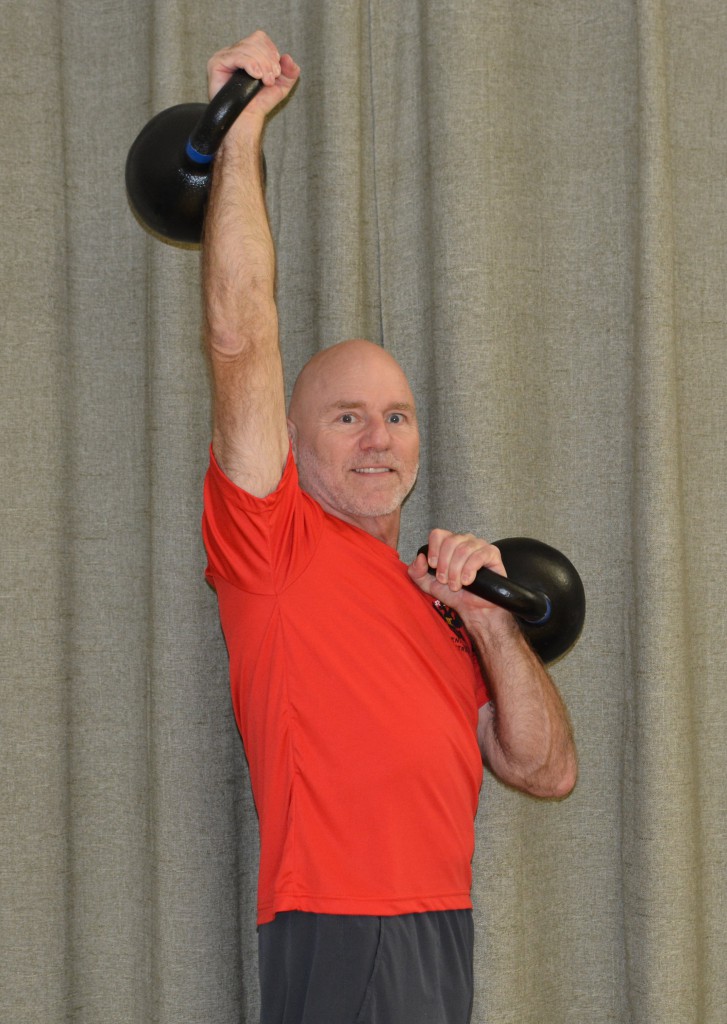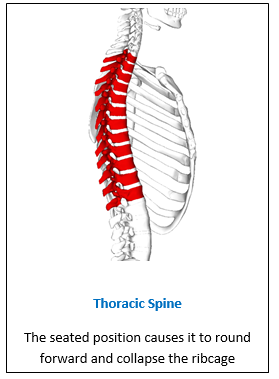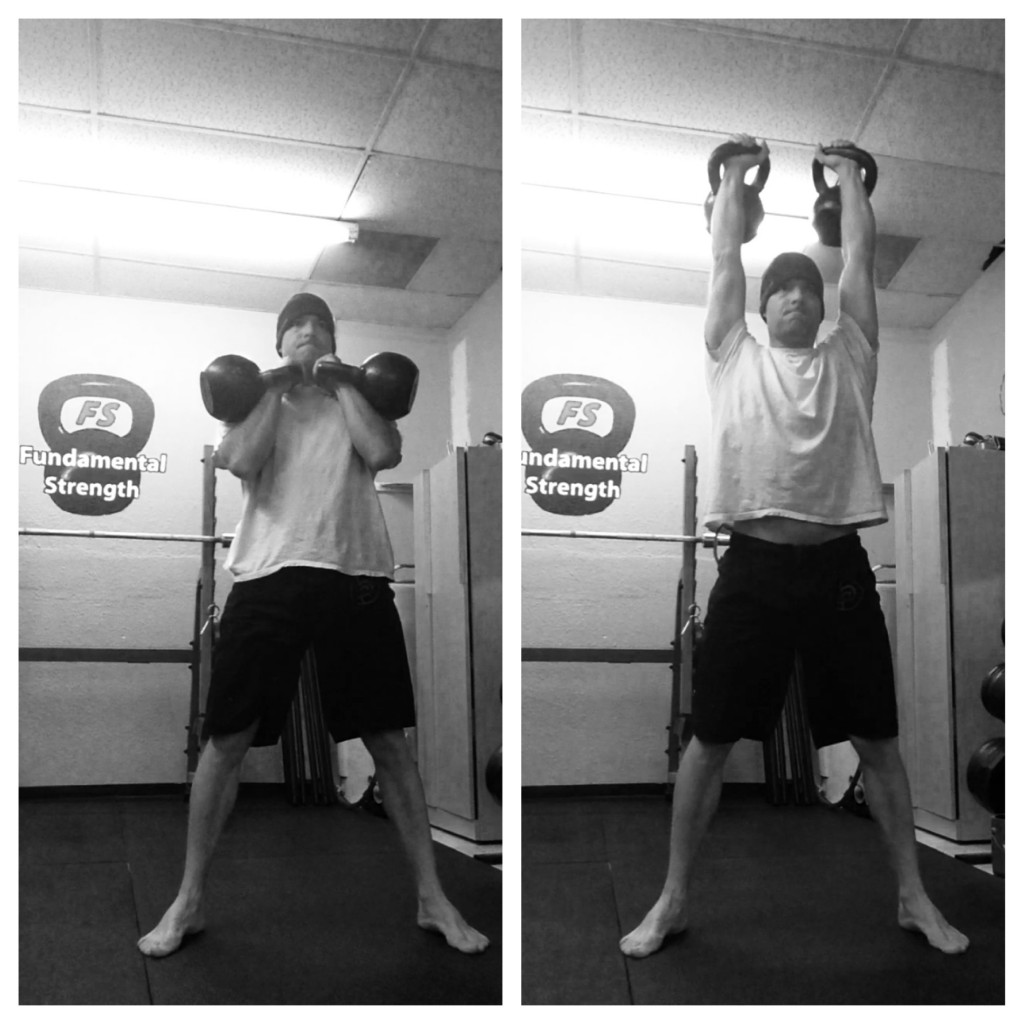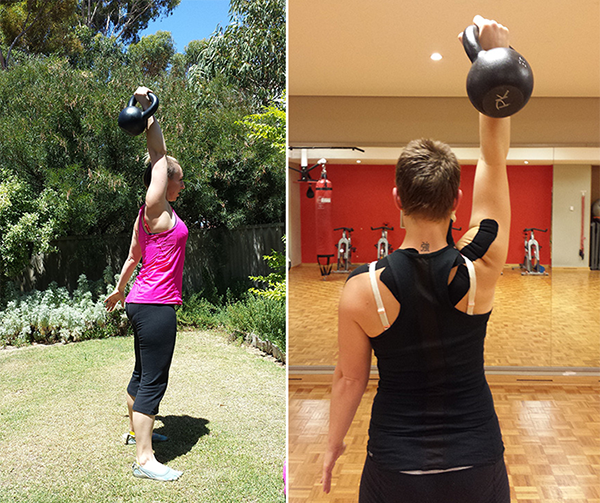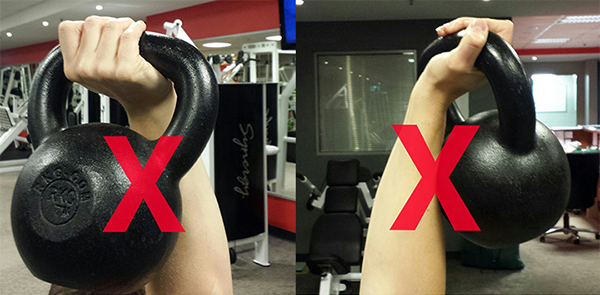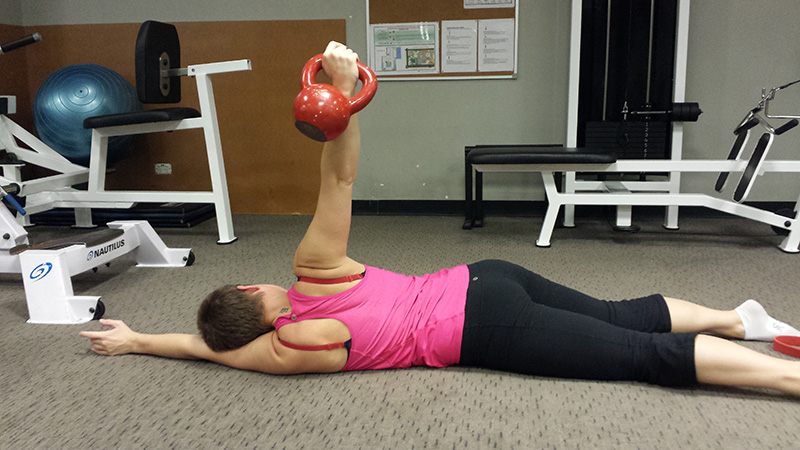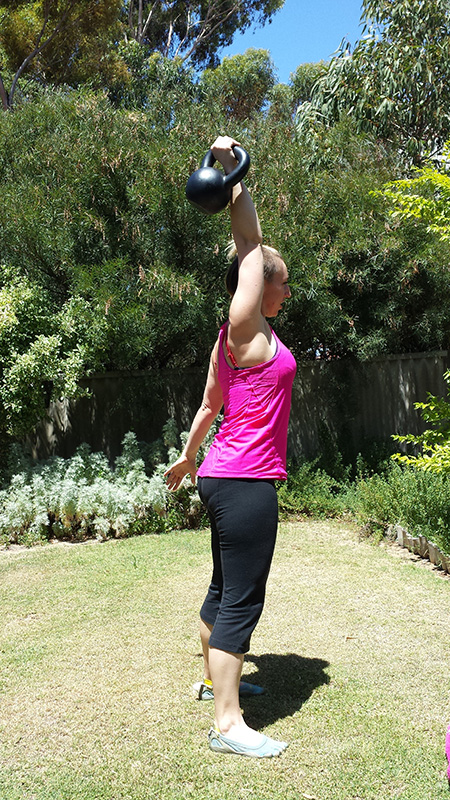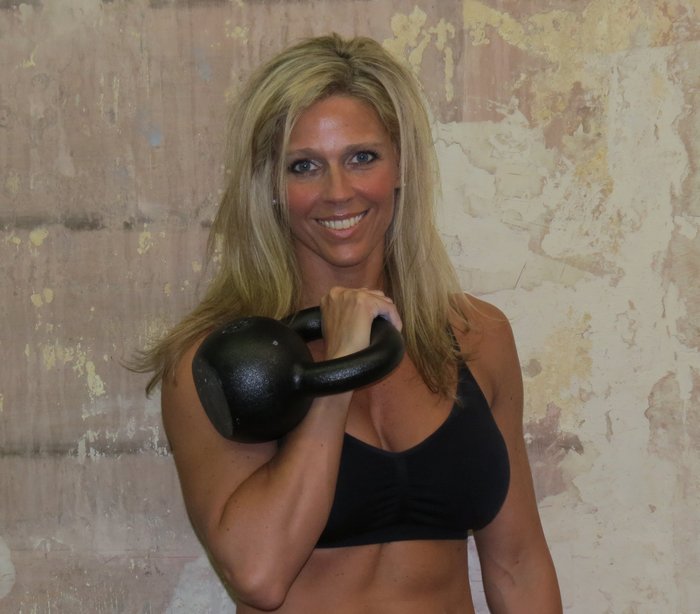
I live for a great workout. Do you? This is one of my favorite workouts and it’s a hit with my students as well. I thought I would share some of the kettlebell love and sweat with you. This workout is challenging, fun, will leave you in a pool of sweat and feeling like a beast when you’re done.
You can take this workout and grow with it by challenging yourself with heavier weight. I would first suggest you complete it with a kettlebell that’s your snatch test weight. When you can successfully do that, you can advance to the next size kettlebell. 🙂
Most people are familiar with the snatch and goblet squat, but are unfamiliar with the one arm chest press. Here are a few things to remember when performing the one arm chest press, a few options for the workout, a quick video tutorial and a demo sample of the workout.
1.There are many different ways to do the one arm chest press. My preference is to perform it with both legs down and both arms off of the floor, in the video below. This variation requires more body control/core stability. If you can’t keep your low back flat and your bum tight, bring one or both knees up. I prefer both knees up or both down. Please option it out if needed. See pictures below.
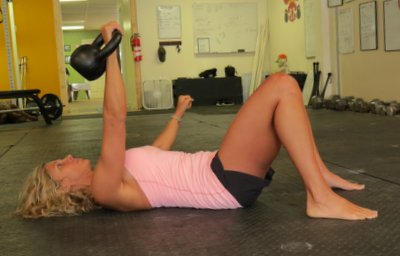
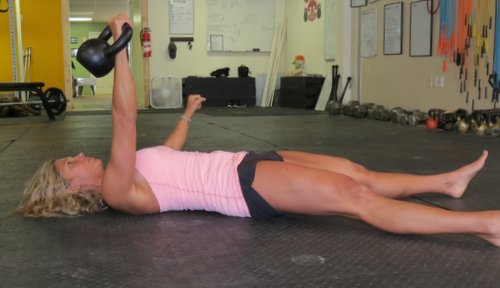
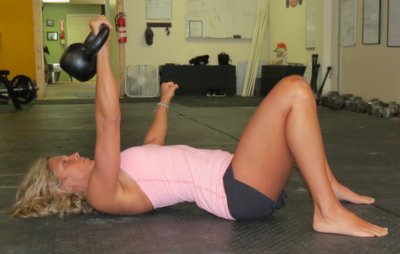
Focusing on squeezing the glutes and pulling
belly button up to chin. This will help bring low back to the floor.
2. It can be challenging to chest press with your snatch test weight. No worries, just drop down to a lighter weight for that exercise.
3. You have 25 min to complete the workout. This workout is not about beating the clock, the timing is to keep you focused. It is all about good form, you gain nothing by racing through and taking shortcuts with form. Finish strong, my friends!
4. There are two ways I like to mix up the reps: a 10-1 countdown on all exercises, in a circuit fashion, or stay with 5 sets of 10 reps on everything for a beastlier challenge.
Check out the One-Arm Chest Press video tutorial:
(All kettlebells in the videos below are official Dragon Door kettlebells that have been painted)
Now you’re ready to give the The Sweaty Beast Workout a try! 🙂
***
Beth Andrews is a Senior RKC, PCC Team Leader, and CK-FMS. She leads HKC and RKC certifications, and assists at the PCC. She became the 5th Iron Maiden in 2013. Beth owns Maximum Body Training and a successful online training business. She has over 25 years of training experience. For online training or to host a certification, email Beth at: bethandrewsrkc@gmail.com. For more training tips and workouts subscribe to her YouTube channel, Beth Andrews RKC or visit her website at maximumbodytraining.com
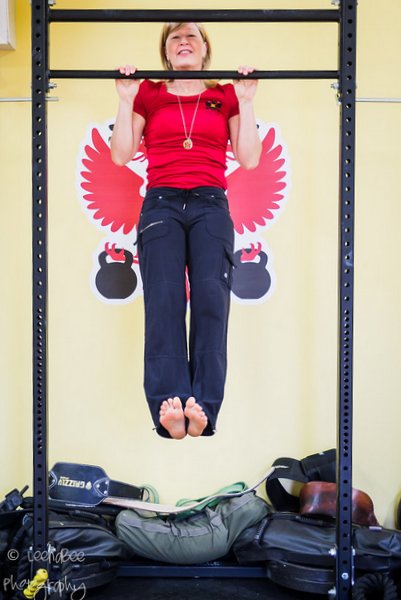
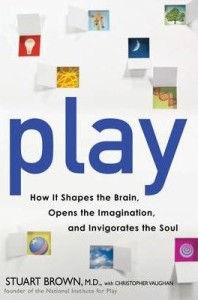 You can encourage creativity by using different fitness tools and combinations of movements that feel physically and mentally freeing, while still conditioning and challenging the body and the mind.
You can encourage creativity by using different fitness tools and combinations of movements that feel physically and mentally freeing, while still conditioning and challenging the body and the mind.